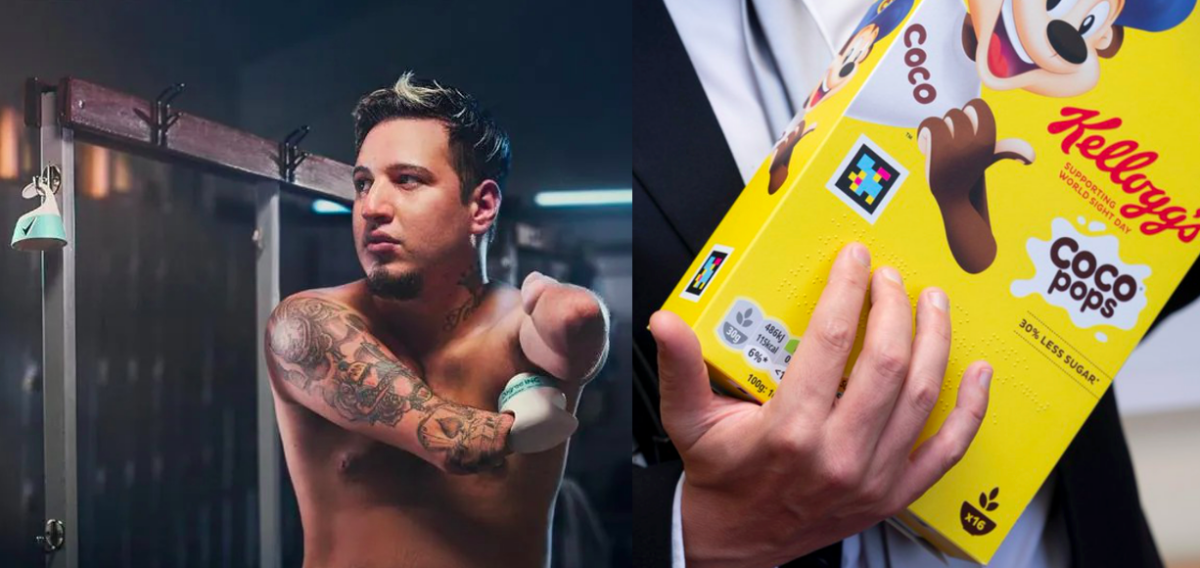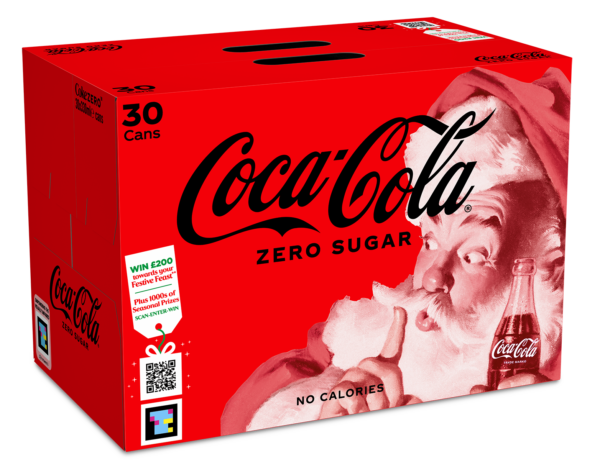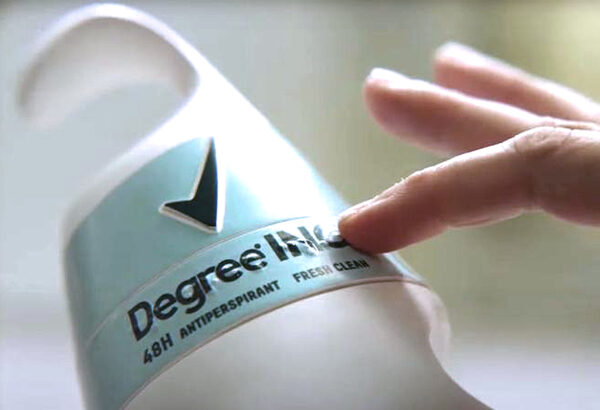Inclusive Packaging: Bridging the Gap for All Consumers

Inclusive packaging is becoming essential for enhancing customer experience and accessibility.
In today’s market, a product’s packaging is crucial to customer experience. Unfortunately, many consumers still face challenges with packaging that is difficult to open, often resulting in frustration or even injury. For the over one billion people worldwide living with some form of disability, this problem is even more pronounced. As awareness and demand for accessibility grow, the concept of inclusive packaging is emerging as a vital innovation.
You can also read: Transforming Food Packaging: The Shift to Biopolymers?
Defining Inclusive Packaging
Inclusive packaging refers to designing product packaging that is accessible and usable by as many people as possible, regardless of age, ability, or circumstance. The significance of inclusive packaging extends beyond individual convenience. It enhances the customer experience, fosters brand loyalty, and taps into a significant market segment. Most Americans agree that the design of a product’s packaging (72%) often influences their purchase decisions. Furthermore, according to the CDC, over 61 million adults in the U.S. live with a disability. This highlights a substantial demographic that benefits directly from inclusive design.
Principles of Inclusive Packaging Design
Inclusive packaging must benefit all stakeholders in the packaging lifecycle: designers, manufacturers, converters, users, and sector experts. The Ethical Packaging Charter guides this effort by outlining fundamental principles that drive packaging toward greater awareness and inclusivity. These principles include:
- Responsible: It should combine environmental protection with meeting all users’ needs, reflecting the social responsibility of packaging.
- Balanced: It avoids overpackaging and ensures the packaging accurately represents and protects its contents.
- Safe: It ensures traceability, non-contamination, and safety during transport and use, fostering consumer trust through compliance with safety standards.
- Accessible: It ensures readability, usability, and clear communication for everyone.
- Transparent: It avoids misleading or ambiguous communication, ensuring consumers understand the product and its use.
- Informative: It communicates product composition, origin, and environmental impact, enhancing consumer knowledge.
- Up to date: It should avoid perpetuating stereotypes and contribute positively to social development, representing contemporary life accurately and respectfully.
- Forward-looking: It embraces innovation and continuous improvement to meet evolving user needs.
- Educative: It should educate consumers on proper disposal, recycling, and reuse, fostering greater environmental awareness.
- Sustainable: It prioritizes recyclability, reduced material use, and renewable energy, extending the lifecycle of both packaging and product.
Success Stories
Amidst the challenges, numerous companies are embracing the concept of inclusive packaging. Here are several compelling examples:
Kellogg’s, Coca-Cola, and 26 other companies adopt Navilens technology

Coca-Cola UK was the first beverage brand to pilot Navilens technology for visually impaired with their Christmas can multipacks. Courtesy of Navilens.

The world’s first adaptive deodorant. Co-created with a diverse disability community. Courtesy of Fondazione Carta Etica del Packaging and Pentawards.
Degree, the world’s leading antiperspirant brand, is innovating with Degree Inclusive, the first adaptive deodorant. It features a hooked container for one-handed use, enhanced grip placement, magnetic closures, and a larger roll-on applicator. Additionally, the label includes instructions in braille, ensuring accessibility for all users.
Overall, inclusive packaging represents a transformative innovation, promising enhanced accessibility and a revolutionized customer experience. By prioritizing accessibility, transparency, and sustainability, inclusivity empowers individuals of all abilities and fosters positive social change. In the evolving landscape of packaging design, inclusivity isn’t merely a trend. It is a fundamental principle shaping the future of consumer engagement and brand loyalty.
